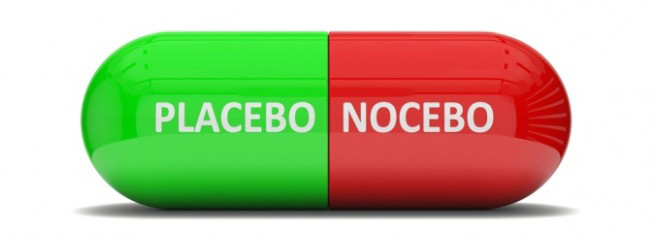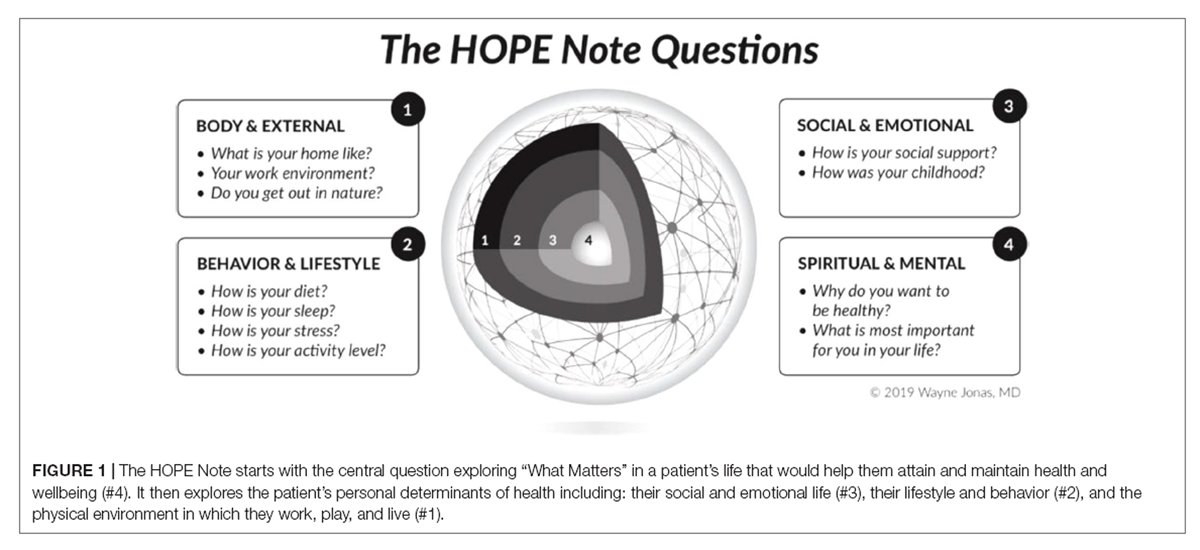The Myth of the Placebo Response
SOURCE: Frontiers in Pychiatry 2019 (Aug 16); 10: 577
Wayne Jonas, MD
Department of Family Medicine,
Uniformed Services University,
Bethesda, MD, United States.
The placebo response is a myth. It does not exist in reality, and continuing to name it is hindering the optimal application of science to healing in medicine. On the surface, it is obvious that, when defined as a biological response to an inert pill (like a sugar pill), the idea of a “response” to a placebo is impossible. Inert treatments by definition do not produce responses. So why do we continue to ponder why people get better from taking inert substances and base our acceptance of legitimate treatments on demonstrating that they go beyond that response? The problem arises because we have flawed assumptions of the value that reductionistic science and the demonstration of specific effects has for healing. To support those flawed assumptions, we support the idea of “the placebo response.” This causes confusion among patients, clinicians, regulators, and even scientists.
Legitimate medical treatments have become defined as those that do more than produce a placebo response. An entire pharmaceutical industry and its regulators attempt to control and profit by proving that small molecules produce a clinical effect greater than the placebo response. Billions of dollars are made when that is proven, often even when the size of the response in the active over the placebo group is miniscule. The fact is people heal and that inherent healing capacity is both powerful and influenced by mental, social, and contextual factors that are embedded in every medical encounter since the idea of treatment began. In this chapter, I argue that our understanding of healing and ability to enhance it will be accelerated if we stop using the term “placebo response” and call it what it is – the meaning response, and its special application in medicine called the healing response.
KEYWORDS: healing; myth; placebo; response; traditional
There are more articles like this @ our:
From the FULL TEXT Article:
Traditional Healing Systems
For millennia, the primary philosophy behind most healing traditions involved seeking balance and harmony with your spiritual self, social community, and nature. [1] Patients and practitioners in these traditional systems adjusted how the patient lived in the society, with nature and with themselves, the latter referring to the spiritual and mental aspects of life. Hippocrates said that the physician’s highest task was supporting the patient while nature did the healing — Vis medicatrix naturae, literally “the healing power of nature.” [2] The Yellow Emperor of China talked about the physician working to keep the patient healthy through balance with nature and lifestyle. [3] The ancient Ayurvedic system of medicine involves returning the patient to the unity of wholeness of a human being — called universal consciousness — as the path to induce healing processes. [4] In most of these ancient healing traditions, the mind, heart, body, and nature are considered all one, and health came from getting them to work in harmonious interaction. Traditional healing systems from around the world kept their eye on the whole picture of the human person, which was defined as an individual in the context of their social and natural environment.
Western Biomedicine
Then, approximately 150 years ago, some things were discovered in the Western hemisphere about the small and particular that radically changed this thinking. The microscope and chemistry were invented, and we began to identify and isolate bugs (infectious agents) and drugs (chemicals) as causes and cures for certain diseases. Manipulating these smaller elements had a dramatic ability to stop death from those causes. These discoveries worked particularly well for infectious disease and trauma, which were the primary causes of immediate death for the millennia before that. So dramatic where these effects that a new Western version of medicine grew up, which rapidly spread and globally supplanted the older healing traditions. After all, who would not want to have their life saved when they were on the verge of death? And so, like cars and cell phones after them, Western medicine became the dominant system throughout the world backed by policy, payment, and delivery. The age of heroic medicine had arrived. Nature was now to be dominated and controlled. The idea of harmony and balance went out the window. The more holistic models from ancient times were swept away or were relegated to the so-called complementary or alternative medicine (CAM) practices. These ancient traditions were called “non-scientific” and delegitimized. Since Western medicine was particularly focused on the physical, no longer was the mind, spirit, or social dimensions of the person relevant for healing. No longer was the healing force of nature important. These concepts, previously foundations across the globe, largely disappeared from the medical encounter. [5]
Read the rest of this Full Text article now!






Leave A Comment